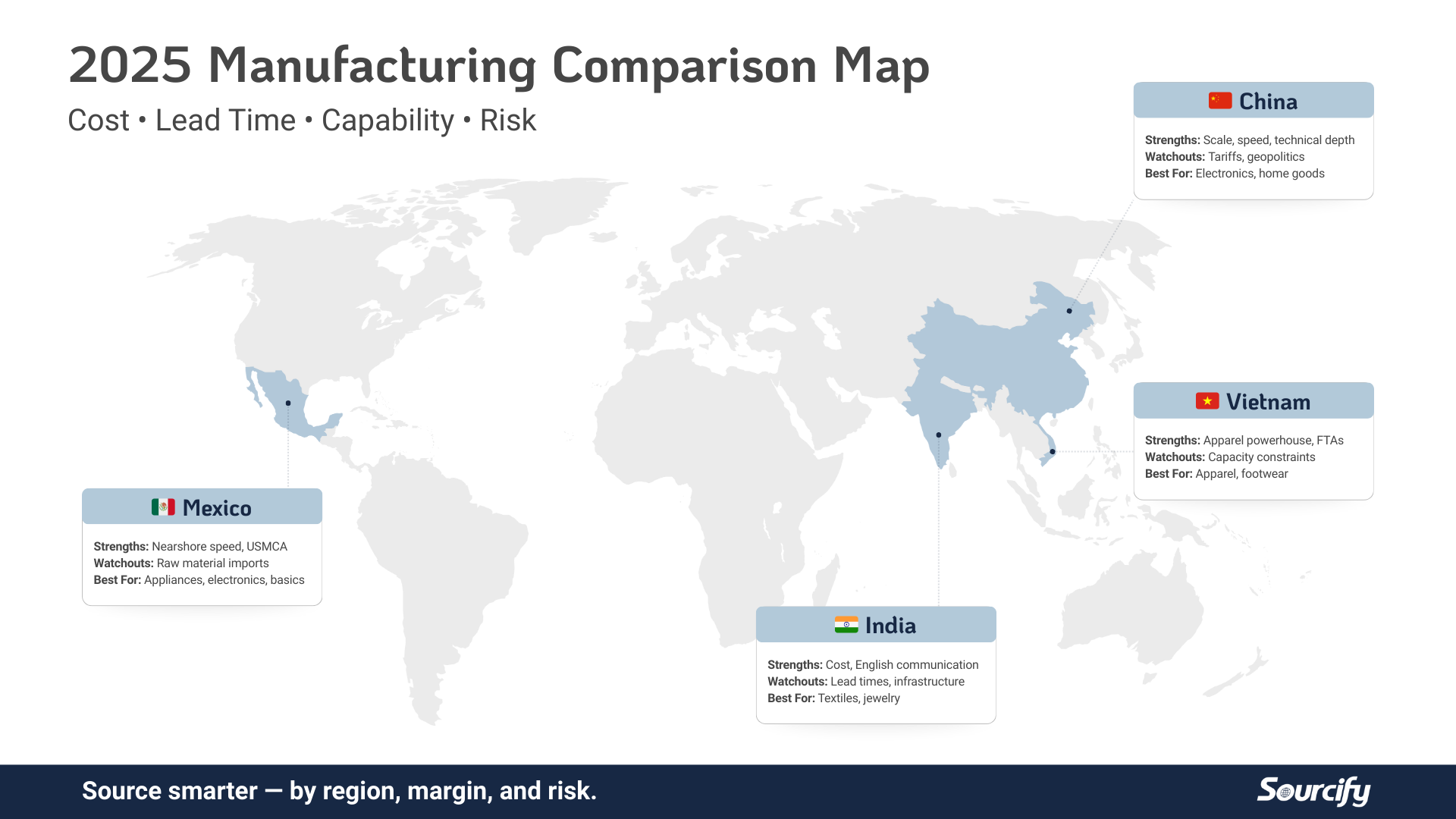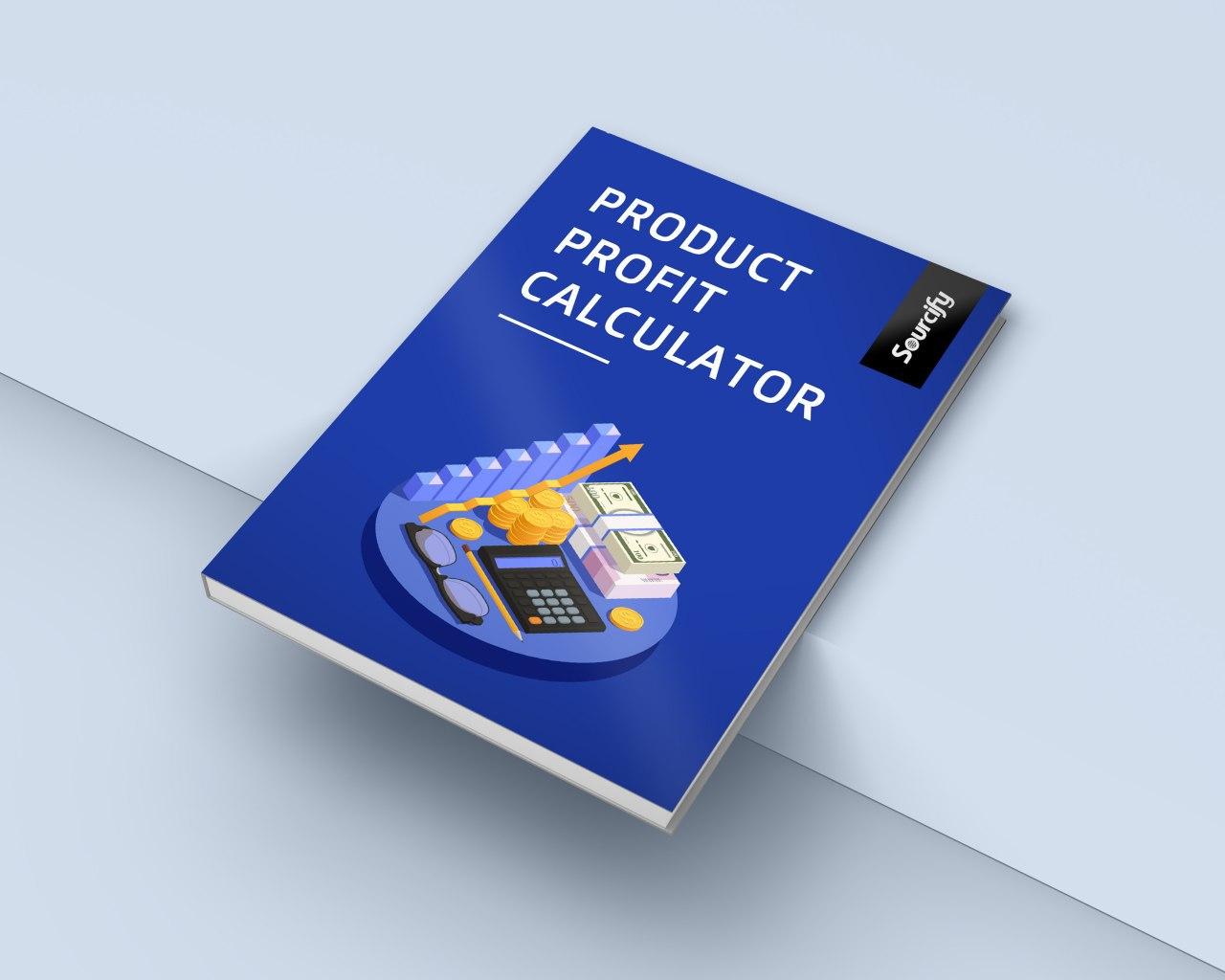This is a guest post by Alex Aponte, Director of Customs at Importal.
Tariff engineering is the strategic design or modification of products with the goal of tailoring the
classification and mitigating the duty impact during the import process. By carefully considering
the design, material composition, and intended use of the products in relation to prospective
classifications, importers can potentially lower their duty obligation to Customs and Border
Protection (CBP).
The process of tariff engineering involves two key pieces:
- Understanding Harmonized Tariff Schedule of the US (HTSUS) as well as the rules and
terminology that dictate the classification process - Intimate knowledge of the products being imported
The HTSUS contains over 18,000 potential classifications, some of which are specific and some
of which are more general. In most cases the classification process begins by asking the three
questions listed below:
- What is the description of my product and how is it marketed for sale?
- What are the materials used in the production of my item, and which of those is chief by
weight? - What is the intended use of this product?
As previously stated, the HTSUS can be incredibly specific and varies by commodity. Even so,
the above questions are a great starting point for your classification and tariff engineering
exercise.
These questions should be applied to products intended to be imported to determine their
proper classification. The logic used to arrive at that classification can then be used to
experiment with different product designs in order to shift the classification to one with a more
advantageous duty rate.
One of the most famous examples of this-amongst trade nerds like myself-was by the footwear
giant, Converse. Converse successfully reduced the duty rate applied to one of their styles by
introducing an additional textile material to the upper and outer sole of the shoe, which moved
the shoe to an entirely new subheading. The effect of this change was an almost significant
reduction in the effective duty rate.
It goes without saying that tariff engineering can be a deep rabbit hole, especially depending on
the complexity of products being imported. So keep in mind the importance of not
misrepresenting your products, deceptive practices and misclassifications can result in not only
supplemental duty bills but potentially penalties and audits as well.
While this exercise may be gainful for some, the cost and time of doing so for others may be
prohibitive. This is another reminder that the understanding of how your products are classified
and why, is compulsory to determine if this is a worthwhile exercise.
I would be remiss if I did not also mention that these practices are fruitful even when tariff
engineering isn’t possible or isn’t being considered. Knowledge of the classification process is
tricky, but empowering for any business importing regularly. The more expertise you have, the
more educated decisions can be made about what is best for your business.
As always, when in doubt, consult an expert! Utilizing an experienced customs broker or trade
attorney can reduce the headache of classification, tariff engineering and overall duty mitigation.
More importantly, they will help to ensure you maintain compliance with CBP’s rules and
regulations surrounding tariff classification.




